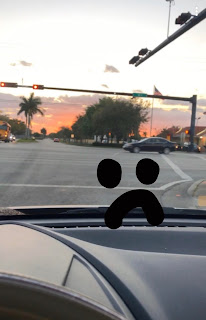To what extent is digital distribution vital to the film industry?
The way that people receive information has always affected how important and impactful that information can become in their lives. In the case of films, accessibility has always been a major factor in that equation. At the height of cinema, going to the theatre was an activity mainly enjoyed by whole families but as we entered a more digital age the way that audiences received movies changed dramatically. At the turn of the 21st century, we were introduced to DVDs, and as time continued accessibility broaden the reach of audiences around the world. Now in our current world watching a movie can be done almost anywhere where one has internet access. Though some may disagree, digital distribution has become one of the most vital things within the film industry because it controls the kinds of audiences that a film can attract and the profits that the film can produce.
A film is not made to cater to everyone, films are made with certain audiences in mind. The way that the film is distributed can be a clear indicator of what kind of narrative the film is planning to explore. While most blockbuster films get wide releases into theaters like AMC or Regal, films that are indie and obscure are usually released into specific film festivals or into specific streaming sites. A substantial amount of Blockbuster movies are released in theatres before anything else. For example, on the opening weekend of the latest Avengers movie, Avengers: Endgame, which was released in summer 2019, was shown in approximately 58,000 AMC theatres within the united states. The movie followed a well-known plot that was easily understood by the general public. As a result, when distributing the film the number of people that went to see it was more important than who came to see the film. The opposite can be said for the realist thriller The Lobster which a sundance release. Though both films gartered positive reviews the distribution played a key role in getting those reviews. Since the movie the lobster follows a lesser-known genre; the film was only distributed to people who would be familiar with not only the concept of realism but also comfortable with the unfamiliar and unnerving scenes that are portrayed in the film. While Avenger: Endgame gartered more money than The Lobster both films were successes to their respective audiences due to their distribution methods.
While positive reviews are great, the film industry, like any other industry, runs on profits; digital distribution is a vital part of how much profit they will gain. As we progress forward there has been an increase in the proliferation of hardware and content. People now value comfort over experience and so streaming platforms are now more popular than movie theatres. As a result, more and more producers are releasing their films straight to streaming platforms because it provides a more direct and instant form of profit. An example of this is the 2018 sci-fi film Annihilation. This film was first released in theatres and did horribly in the box office. After some time, Netflix bought the movie and it was shown there. Surprisingly, the movie did very well on that platform. You would think that the movie was not interesting enough to grab the movie go’ ers attention but the different platforms that it was distributed to shows that the demographic that the movie was for was not reached originally. When distributing the films, having knowledge about how films are being primarily viewed assists people in choosing low-risk options. An example of this that is seen is the influx of comedian specials being released to Netflix first. They have noticed that in order to gain the most profit from your film, distributing it to a place that will help your film succeed.
The distribution of films plays an important role in how successful the movie is yet, that stage is extremely overlooked. A movie can have an amazing plot but without proper distribution to one’s intended audience, a great movie can instantly turn into a box office flop. With the proper digital distribution, a movie can get to it’s intended demographic and succeed while accumulating a great amount of profit.














